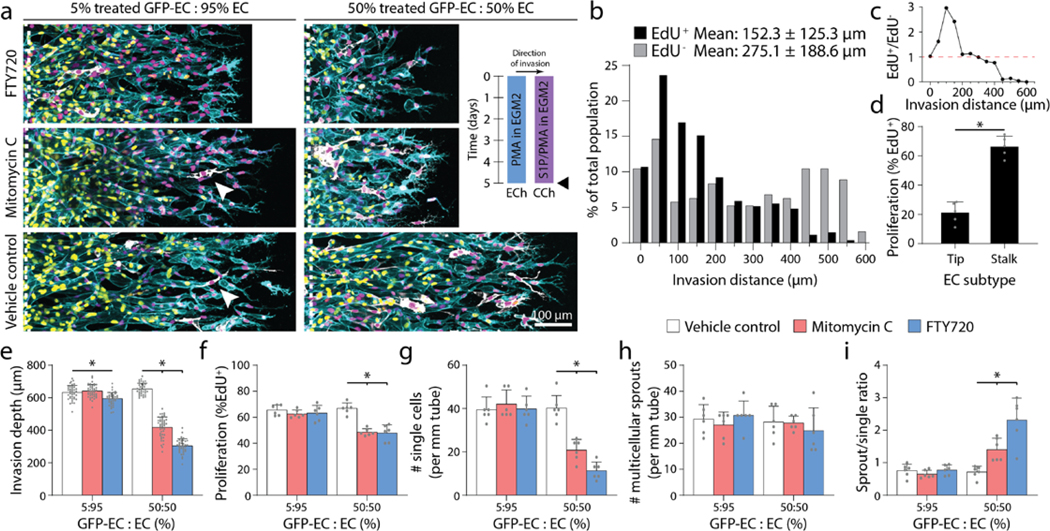Figure 4 |. Invading tip cells require chemokine receptors but do not require proliferative capacity.

a, Representative images (max intensity projection) of invading endothelial cells with S250:P25 and varying ratios of treated GFP-EC to untreated EC with indicated treatment. UEA (cyan), nucleus (magenta), EdU (yellow), GFP-EC (white). b, Histogram of EdU+ and EdU− invaded endothelial cells with S250-P25 after 5-day culture. c, Ratio of EdU+ to EdU− endothelial cells from (b). d, Percentage of EdU+ tip or stalk cells from (b). e-i, Quantifications of invasion depth, proliferation, and morphology of invading endothelial cells as single cells or multicellular sprouts. All data presented as mean ± s.d.; *indicates a statically significant comparison with P<0.05 (two-tailed Student’s t-test (d) and one-way analysis of variance (e-i)). For spatial EdU analysis (b-c), n≥192 cells. For tip vs. stalk proliferation analysis (d), n= 5 vessel segments (each 800 μm length). For invasion depth analysis (e), n≥37 vessel segments (each 100 μm length) per condition. For proliferation and migration mode analysis (f-i), n=6 vessel segments (each 800 μm length) per condition from n=2 devices/condition (technical replicates) over n≥3 independent studies (biological replicates).
